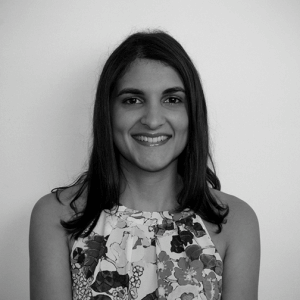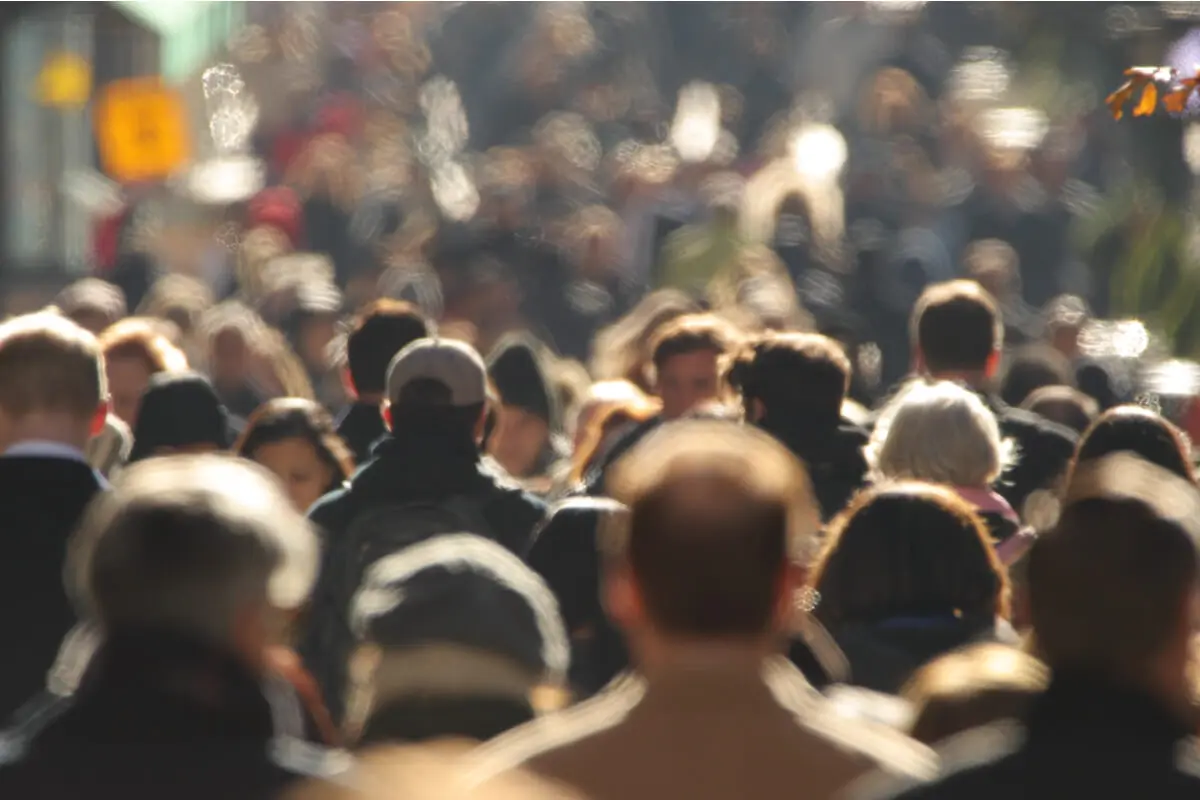The Slow Life: Get to Know this Lifestyle and Learn How to Live it


Written and verified by the philosopher Maria Alejandra Morgado Cusati
Nowadays, and especially in Western culture, it’s quite common for people to lead an accelerated and automatic pace of life; excessive obligations and immediacy are the order of the day. Faced with this unhealthy reality, movements such as the slow life movement have arisen that advocate a slower and more relaxed lifestyle.
According to this philosophy, the key to happiness and well-being lies in prioritizing habits that promote a balance between body and mind, as well as the integral development of the person. For example, this often includes spending more time with loved ones, doing physical or mental exercise, enjoying trips to relax, and taking time to rest. Let’s take a closer look.
What is a slow life?
Slow life literally means “slow life” and refers to an international cultural movement that promotes a decelerated lifestyle. It prioritizes fundamental aspects of daily life, such as rest, communication, food, the here and now, and healthy personal relationships.
The basic approach to slow life is that the current pace of life, especially in Western culture, is unsustainable and unhealthy. There’s an absolute prioritization of work over other aspects of life, unbridled consumerism that does not want us to reflect on anything, and a general difficulty to fully enjoy our existence.
However, the slow movement doesn’t mean being lazy or working little. It simply means taking life differently, leaving aside the rush that dominates our daily lives, and enjoying every action, every moment, and every person.
We think you may also enjoy reading this article: Taoism’s Four Rules of Living to Achieve Inner Peace
How did this movement come about?
The slow movement originated in the late 80s in Italy as a response to the invasion of fast food or junk food in that country. In this case, sociologist Carlo Petrini rebelled against the opening of a MacDonald’s in Rome and founded the slow food movement, which proposes a return to the traditional values of gastronomy.
This means respect for natural products, the consumption of organic and unprocessed foods, a preference for local and seasonal products, and the sustainability of all processes related to our food.
Slow food also advocates conscious eating, which means taking the time to savor food, stopping to appreciate the aromas, colors, and textures of each bite. In short, it’s about having a more satisfying and fulfilling experience that’s incompatible with any kind of hurry.
Since its foundation, the slow food movement has gained more and more followers and today has thousands of followers around the world. In addition, soon after its creation, the slow concept spread to other fields, such as work, tourism, education, sex, and fashion.
In fact, today we can even find slow cities on all continents, which advocate a slow lifestyle, have markets with organic products, sustainable buildings, and restaurants with their own vegetable garden.
There’s even a specialized website that explains what these cities are and what principles they comply with. In Spain, for example, there are seven towns that practice this lifestyle. Some of them are Begur, Pals, Palafrugell, and Bigastro.
However, all these slow practices are what we call slow life today. The coining of this term is usually attributed to the Canadian journalist and writer Carl Honoré, author of the book In Praise of Slowness.

9 keys to putting the slow life philosophy into practice
Slow life is an excellent way to enjoy life more and get away from stress. However, applying it can be quite a challenge, as we are so used to accelerated rhythms and an overload of obligations.
However, it’s not impossible. Ideally, we should begin to gradually integrate slow habits into our routine. That said, here are some simple guidelines to help you.
1. Be aware of the present moment
As we said, the slow life is not synonymous with a lack of activity, so it should not be understood as idleness or laziness. In fact, this movement doens’t just refer to doing the same thing, but slower.
On the contrary, it’s more related to becoming aware of the here and now and concentrating our mind on what we are doing in each moment without the interference of thoughts about the past or the future.
One of the most effective techniques to learn to focus on the present moment is mindfulness. If you add this practice to your daily routine, you will begin to notice changes in the way you perceive and value each moment.
2. Enjoy nature
Contact with nature invites us to slow down and contemplate its majesty. In fact, it has been proven that natural environments enhance our overall well-being.
However, you don’t have to leave the city and go live in the countryside to appreciate nature. We can connect with it by walking through the green spaces in the area where we live or exercising in natural settings.
3. Connect with the people around you
The hectic pace of life and the growing rise of social networks make face-to-face communication and genuine contact with those around us increasingly difficult.
Therefore, it’s important to value our relationships, facilitate moments of encounter, and ensure that the impacts of our lives on the rest of the community are positive. In this case, communication and listening are fundamental pillars.
4. Avoid consumerism
Consumerism makes us believe that we need certain products to be happy, when in reality we require few material things to reach that state.
So, to develop a slow life, we must know ourselves, analyze our lives, and think about what we really need to be happy. In other words, this movement invites us to be conscious consumers, who acquire what they need and are responsible for the environment.
5. Use technology to make your life easier
It should be noted that the slow life movement is not against technology. On the contrary, it promotes its use, as long as it helps us to lead a fuller, happier, and more sustainable life. Ideally, we should use technological devices as a means or tool, rather than as an end in itself.
6. Practice slow eating as part of a slow life
When eating, savor the food, chew well, and enjoy the food. Avoid eating while looking at your cell phone or computer and try to share this moment with other people.
This way, not only will you connect with those around you, but also your body will process the satiety signal sooner and help you lose weight. You will also be more aware of what you consume.
Like this article? You may also like to read: 5 Keys to Calming a Restless Mind and Finding Internal Peace
7. Balance stress with relaxation
We know it can be very difficult to let go of obligations. However, we can compensate for the peaks of work and the excess tasks by making space for activities that allow us to relax.
For example, go for a run, do yoga, read, do crafts, or go for a walk. The key is to look for hobbies that invite you to pause, connect with yourself, and reflect.

8. Avoid multitasking to live a slow life
Multitasking is often associated with productivity and effectiveness. However, the reality is that our ability to pay attention and concentrate is limited.
Therefore, multitasking only harms our performance. It leads to frustration and stress.
Therefore, we advise you to do one thing at a time and take short breaks between tasks. This will keep you more focused on what you are doing and conserve your energy levels throughout the day.
9. Plan your day
To avoid the feeling of lack of time, ideally, you should be able to plan your day. To do this you should do it with low expectations about the activities you want to tackle, since unforeseen events always arise that make us modify the agenda.
In addition, in this planning, you should reserve a space to do the things you like and that allow you to disconnect from the obligations. This is the only way to feel good and rested.
The slow life: A way to be happier?
Those who practice this lifestyle say that yes, slow life has helped them to be happier. It requires putting the brakes on life, readjusting, and moving forward with much clearer ideas and goals.
Therefore, if you want to feel more fulfilled, applying the slow movement would be a good starting point. Are you up for it?
All cited sources were thoroughly reviewed by our team to ensure their quality, reliability, currency, and validity. The bibliography of this article was considered reliable and of academic or scientific accuracy.
- Capaldi C, Passmore H, Nisbet E, Zelenski J y Dopko R. Flourishing in nature: A review of the benefits of connecting with nature and its application as a wellbeing intervention. International Journal of Wellbeing [Internet]. 2015 [consultado el 14 de junio de 2022]; 5(4). Disponible en: https://www.internationaljournalofwellbeing.org/index.php/ijow/article/view/449
- Fernández V. Contra la prisa: el movimiento slow y derivadas. Crítica [Internet]. 2014 [consultado el 14 de junio de 2022]; 990: 80-83. Disponible en: https://dialnet.unirioja.es/servlet/articulo?codigo=4664241
This text is provided for informational purposes only and does not replace consultation with a professional. If in doubt, consult your specialist.








